The painting Spring on the Saône by Adrien Bas subtly evokes the fresh and luminous atmosphere of a spring morning. The artist uses a delicate palette of pale greens, greys, and blues to capture the gentle essence of the season. In the foreground, a flowering tree, depicted with light touches of white and soft green, suggests springtime renewal. In the background, the river Saône winds peacefully, reflecting the muted colors of the cloudy sky and surrounding vegetation. The presence of industrial chimneys emitting grey smoke discreetly contrasts with this idyllic setting, introducing a realistic note characteristic of the early 20th century when Adrien Bas was active. The painting reveals an impressionistic sensibility, emphasizing immediacy, luminous atmosphere, and the bittersweet poetry of a landscape caught between nature and industrialization—traits typical of Adrien Bas’s personal style.
Adrien Bas, coming from a silk-making background, entered the École des Beaux-Arts de Lyon in 1902, where he was trained by the painter Pierre Bonnaud. Between 1920 and 1924, he joined the Ziniars group, a collective of innovative Lyonnais artists. As early as 1901, he exhibited at the Société Lyonnaise des Beaux-Arts, and later at the Salon d’Automne Lyonnais between 1909 and 1923. Twelve of his paintings and numerous drawings were then incorporated into the collection of the Museum of Fine Arts of Lyon.
Primarily known for his landscapes of Lyon and its surroundings, always painted directly from nature, he was fascinated by the changing lights along the banks of the Saône River. He excelled in capturing the transparency of water and mist, which he evoked through long, subtle brushstrokes. Avoiding the conventional landscapes typical of watercolorists, he preferred places like Villeurbanne, La Mulatière, Fourvière, and La Villette.
His style stood apart from the traditional Lyonnais school of painting, drawing inspiration from Fauvism. His works are characterized by broad, generous brushstrokes, with a firm and sweeping touch. However, Adrien Bas eventually destroyed much of his work, favoring the spontaneity of sketches (pochades) over the finality of completed canvases.
He died at the young age of 41, in 1925, leaving behind a body of work that is both sensitive and luminous.











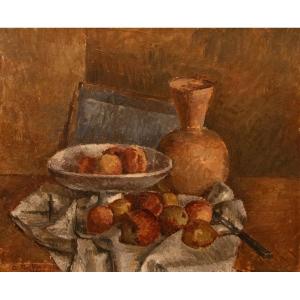
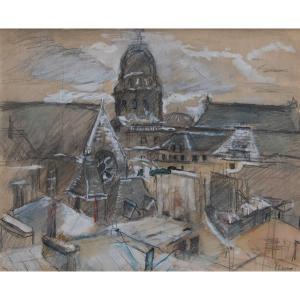
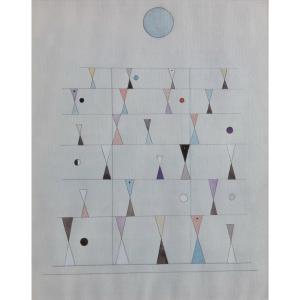





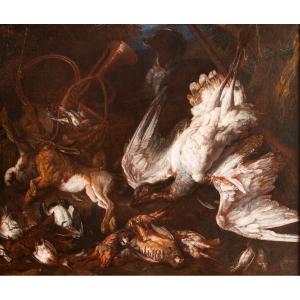
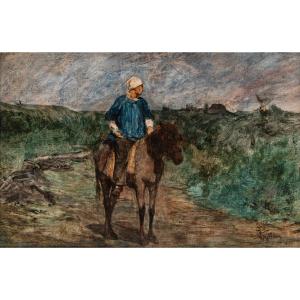
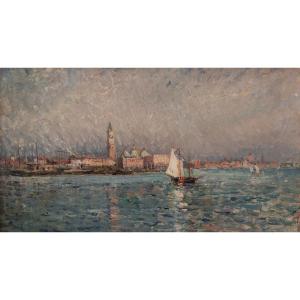
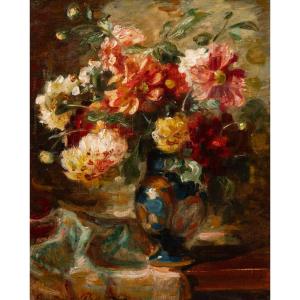
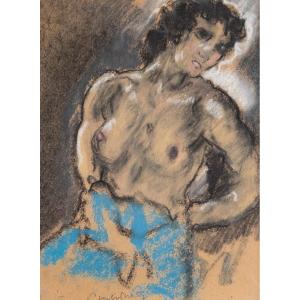
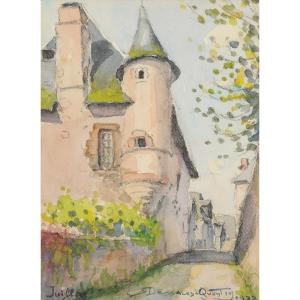
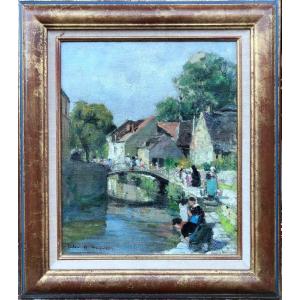
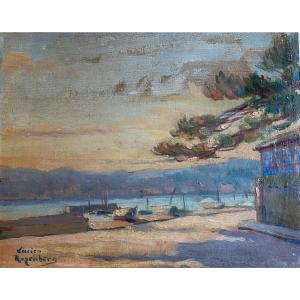





 Le Magazine de PROANTIC
Le Magazine de PROANTIC TRÉSORS Magazine
TRÉSORS Magazine Rivista Artiquariato
Rivista Artiquariato